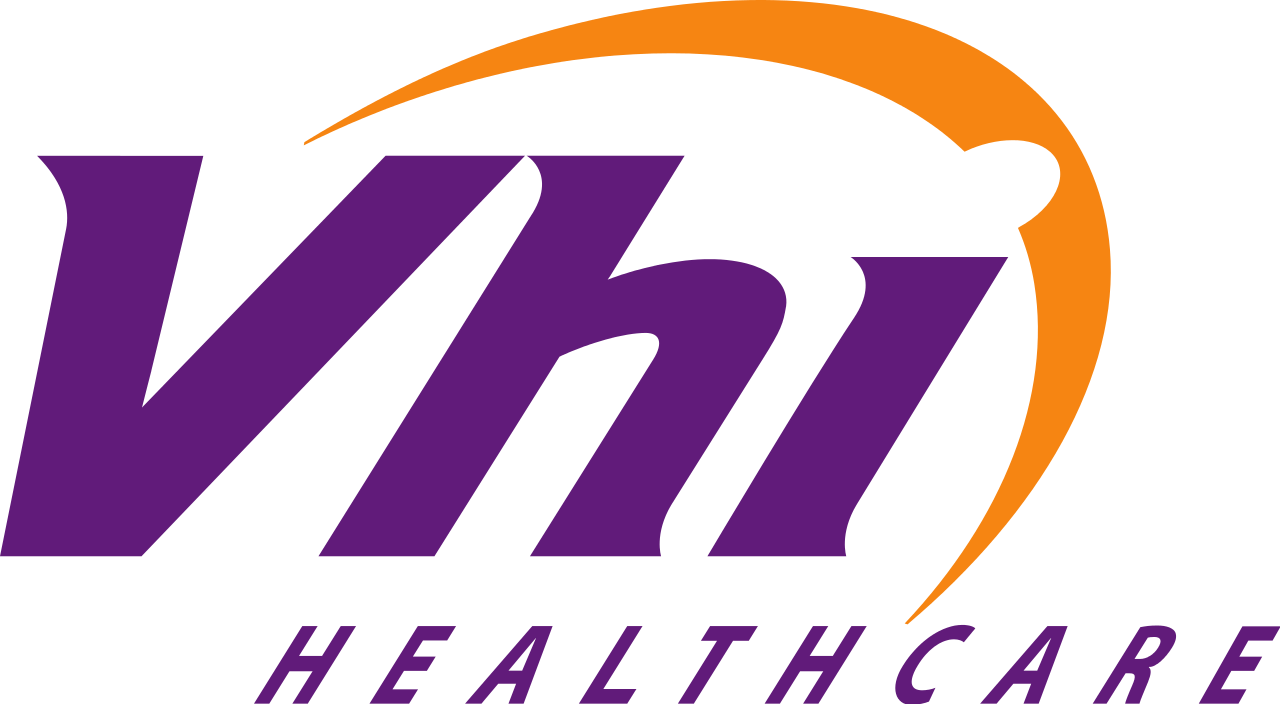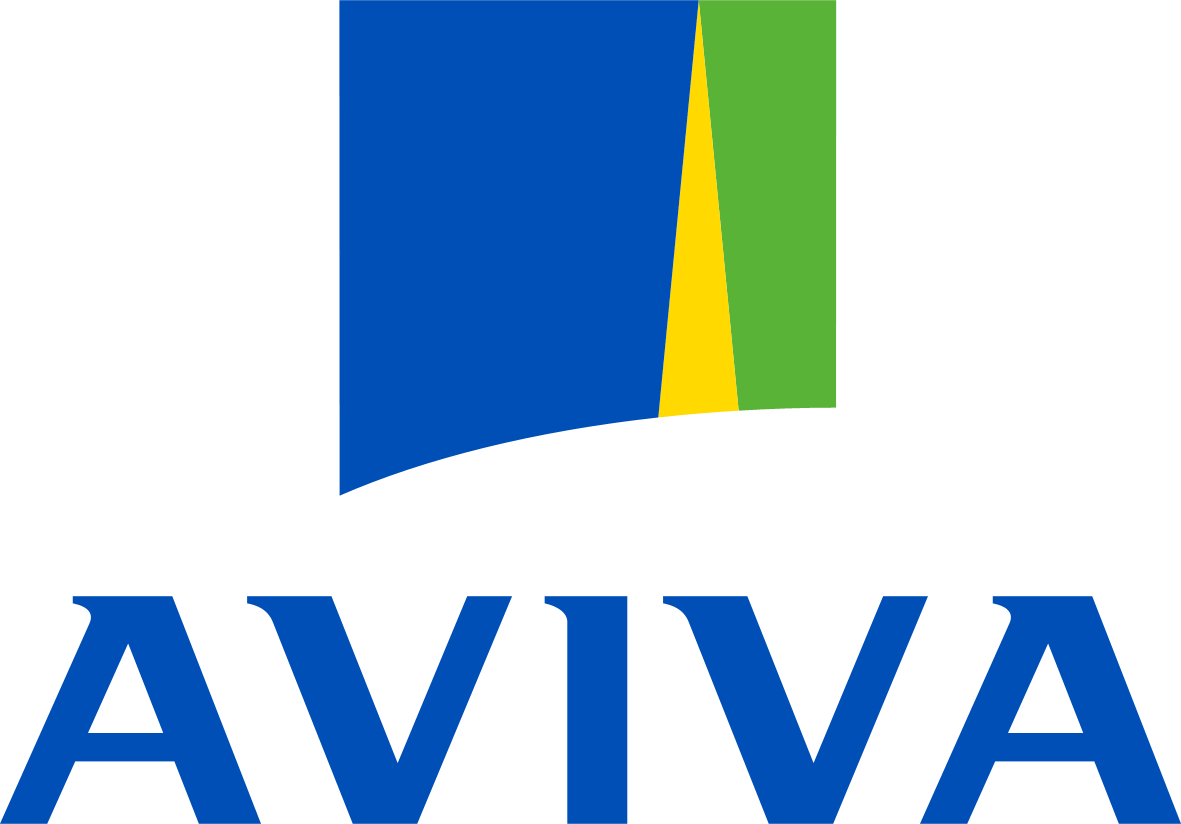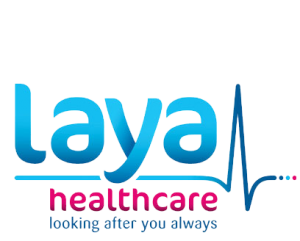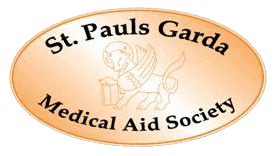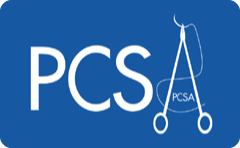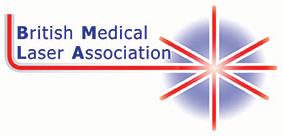 Download this information as a PDF
Download this information as a PDF
What is PRP Therapy?
Platelet-Rich Plasma (PRP) therapy is a non-surgical treatment that is used in some centres for certain types of hair loss. It uses your own blood to help stimulate hair growth. We do NOT provide this service in the Kerry Skin Clinic as there is not enough independent scientific evidence to support its use in hair loss.
Your blood contains platelets, which are rich in growth factors – natural substances that help repair and regenerate tissues. When concentrated and injected into the scalp, PRP may help strengthen hair follicles, encourage new hair growth, and improve hair thickness although the scientific evidence for this is conflicting and not very convincing.
Who Can Benefit from PRP?
PRP is sometimes used for:
- Male or female pattern hair loss (androgenetic alopecia)
- Thinning hair after pregnancy, illness, or stress
- Early hair loss where hair follicles are still active
PRP is less effective for advanced baldness or areas where hair follicles have completely disappeared.
How is the Procedure Performed?
- A small amount of your blood is taken – similar to a routine blood test.
- The blood is processed in a centrifuge to separate the platelet-rich plasma.
- The PRP is injected into the scalp in areas of thinning or hair loss using fine needles.
A numbing cream or local anaesthetic may be applied to minimise discomfort.
Treatment Plan
- Usually 3–6 sessions, spaced 4–6 weeks apart
- Maintenance treatments every 6–12 months may be recommended to sustain results
What Results Can You Expect?
- Best results are seen when combined with other treatments such as minoxidil, dutasteride, spironolactone, etc and it may be that these interventions are helping rather than the PRP?
PRP cannot restore hair in completely bald areas or replace hair transplant surgery if hair loss is advanced.
Possible Side Effects
PRP is generally safe, as it uses your own blood, reducing the risk of allergies or major side effects.
Temporary effects may include:
- Mild pain, swelling, or tenderness at injection sites
- Redness or bruising of the scalp
- Headache for a few hours after the procedure
Rare risks include infection or temporary worsening of shedding before regrowth begins.
Aftercare Instructions
- Avoid washing your hair for 12–24 hours after the procedure
- Avoid heavy exercise, saunas, or swimming for 24–48 hours
- Resume your usual haircare routine after 1–2 days
- Use gentle shampoos and avoid harsh chemical treatments during the treatment period
Who Should Not Have PRP?
- PRP is not recommended for patients with:
- Active scalp infection or skin disease in the treatment area
- Blood disorders or clotting problems
- Severe platelet dysfunction
- Current use of blood-thinning medications (unless approved by your doctor)
- Pregnancy or breastfeeding (unless advised otherwise)
Frequently Asked Questions
Is PRP painful?
Mild discomfort may be felt, but most patients tolerate it well with numbing options.
How long do results last?
Results vary, but maintenance sessions are usually needed every 6–12 months.
Can PRP be combined with other treatments?
Yes, combining PRP with medical treatments often produces the best results. In this situation you cannot be sure what is working! Is it the PRP or the other interventions. We believe PRP contributes little if anything to hair regrowth and the scientific evidence to support the use of PRP is conflicting and not very convincing.



